Zientzia hedabideetan
-
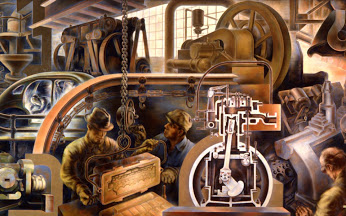
Archaeology’s Disputed Genius
Archaeology’s establishment hasn’t always looked kindly on Lee Berger. Then he found a cave full of bones, including Homo naledi.
-
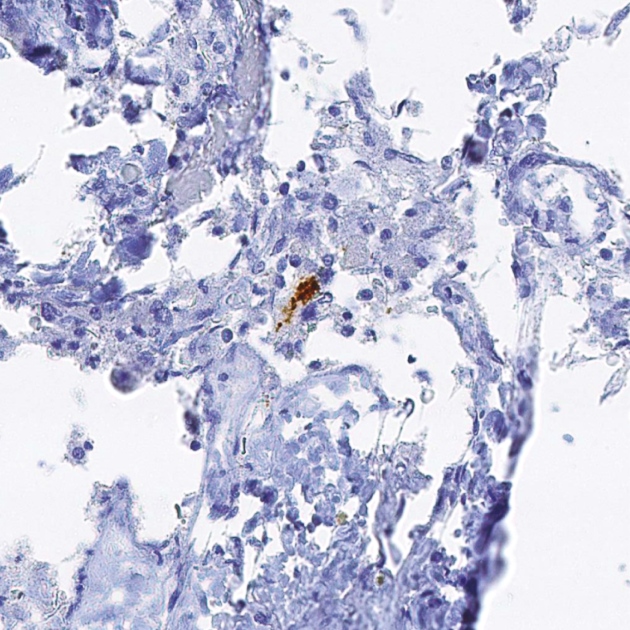
Autopsies reveal signs of Alzheimer’s in growth-hormone patients
Brain plaques may have been seeded by contaminated hormone extracts from cadavers.
-
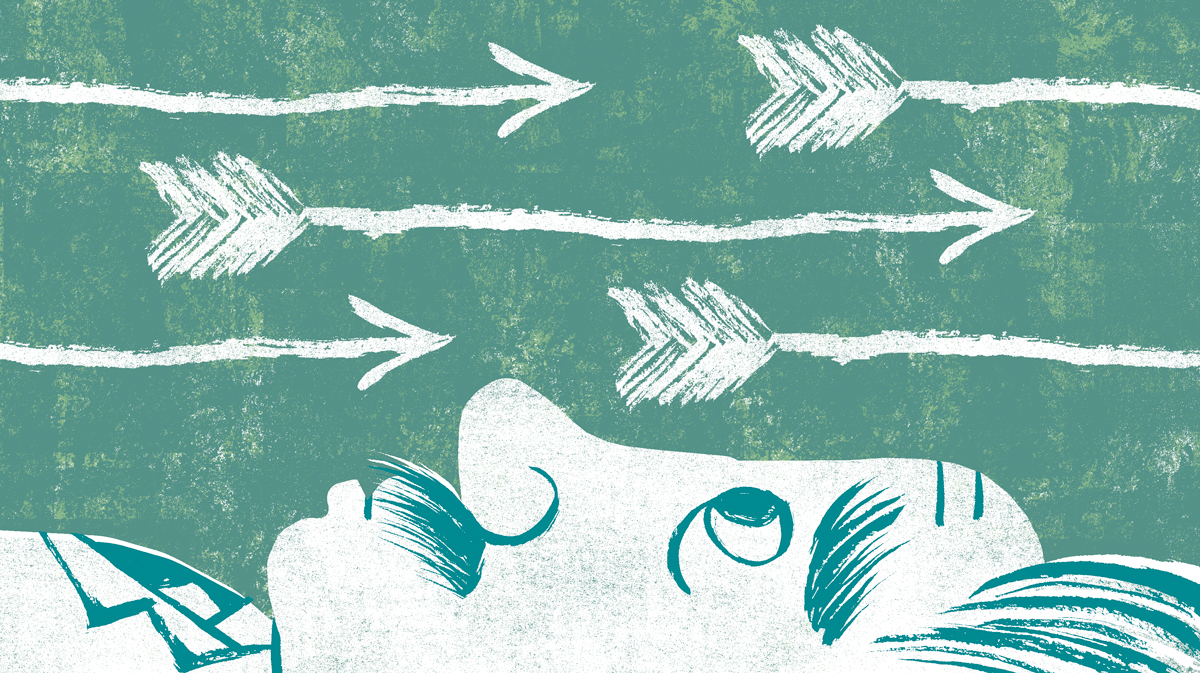
Einstein’s Parable of Quantum Insanity
Einstein refused to believe in the inherent unpredictability of the world. Is the subatomic world insane, or just subtle?
-

Man fitted with robotic hand wired directly into his brain can ‘feel’ again
Advanced prosthetic allows paralysed man to control movements and register when the robotic hand is touched
-
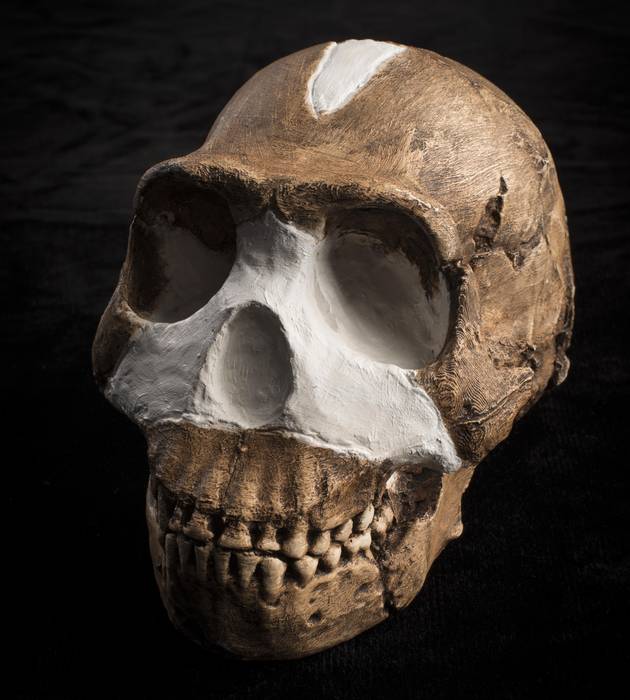
Gure arbaso berri zaharrena aurkeztu dute
Orain arte ezagutzen ez zen Homo generoko espezie bat aurkeztu dute gaur Wits Unibersitateko ikertzaileek. Homo naledi deitu diote. Hego Afrikan topatu dute; duela 3,7 milioi urte bizi zen, 1,5 […]
-
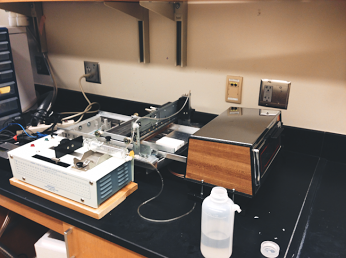
Why Futurism Has a Cultural Blindspot
We predicted cell phones, but not women in the workplace.
-
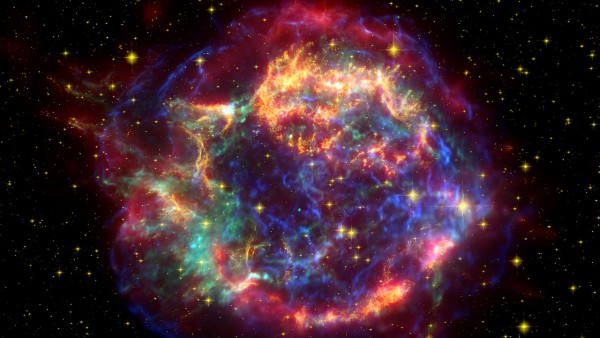
How neutrinos saved your teeth from cavities
Every second, trillions of neutrinos born at the center of the sun shoot through your body. They don’t hurt you, because these ghostly elementary particles almost never interact with matter. […]
-
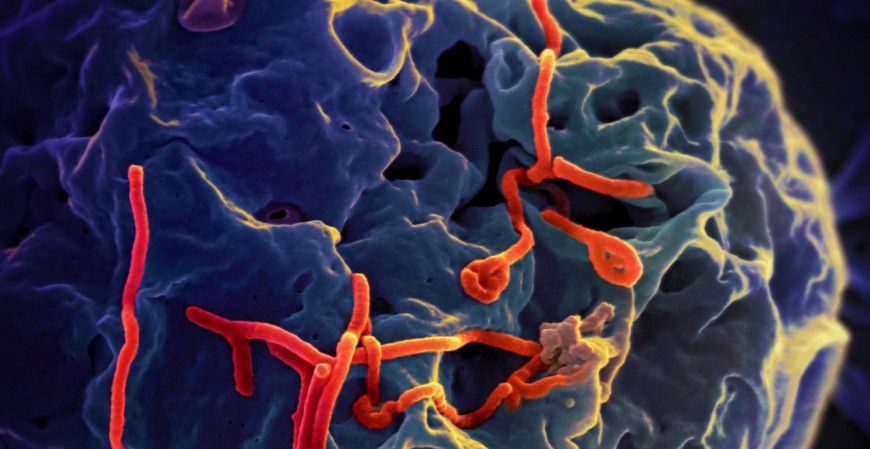
Si quemáramos todo el combustible fósil, el mar subiría 60 metros
Un equipo de investigadores realiza un modelo para prever la evolución del clima en los próximos miles de años. Si la placa de hielo de la Antártida occidental llega a […]
-
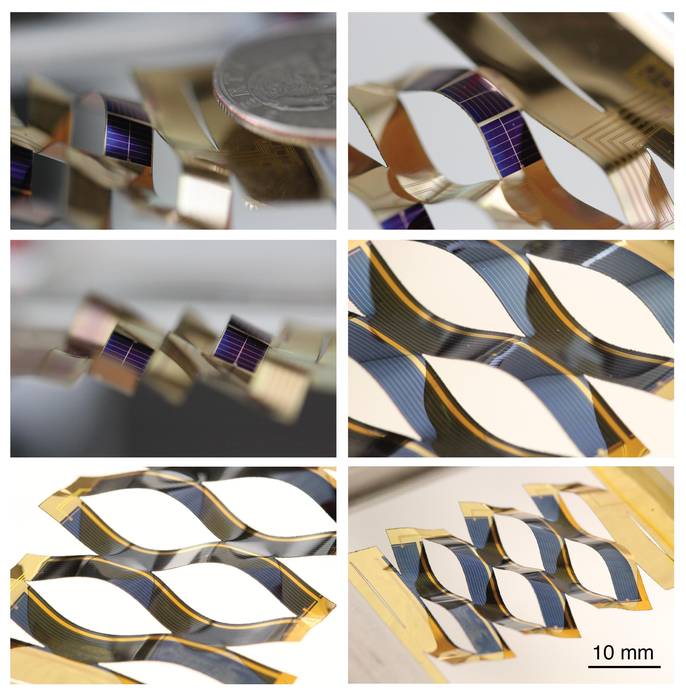
Kirigamia, papera moztearen artea, eguzki-panelen eraginkortasuna hobetzeko
Eguzki-panelek eguzkiari jarraitzeko teknika berri bat proposatu dute Michigango Unibertsitateko ikertzaileek. Kirigami deitu diote teknikari, papera moztearen arte japoniar horretan oinarritua dagoelako. Nature Communications aldizkarian argitaratu dute lana.
